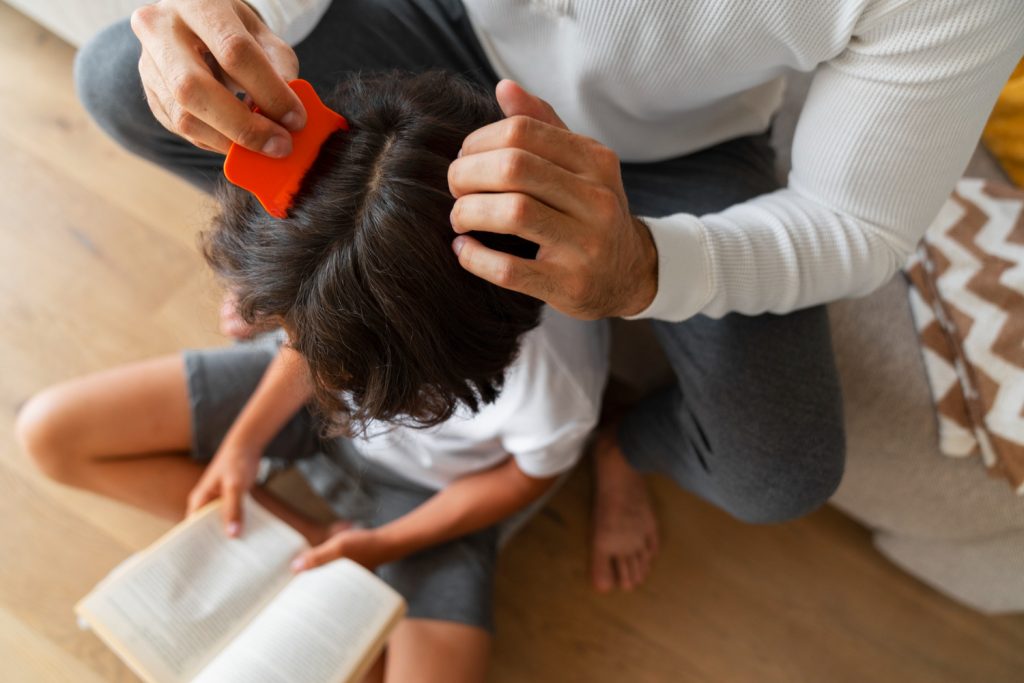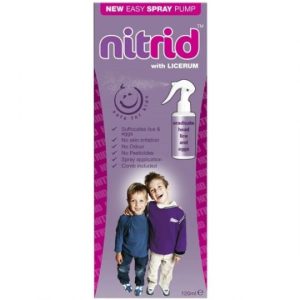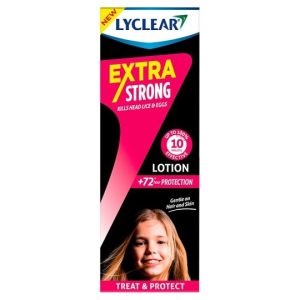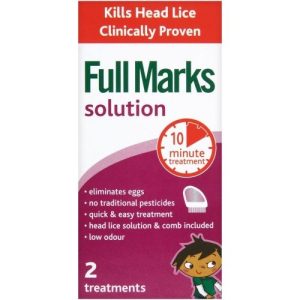Chemist.net Cookie Policy : We use cookies to enhance your user experience. To find out more please view our cookie policy
Winning the Battle Against Head Lice: Effective Treatment and Prevention

Head lice infestations can be an itchy and frustrating problem, especially for parents with school-age children. These tiny, wingless insects can quickly become a nuisance, causing discomfort and embarrassment. However, with the right knowledge and approach, you can effectively treat head lice and prevent future infestations. In this blog, we'll explore head lice treatment and offer valuable insights on how to prevent these pesky critters from returning.
*Image by Freepik
What Are Head Lice?
Head lice are small, parasitic insects that live on the scalp and feed on human blood. They can infest anyone, regardless of age, gender, or hygiene habits. Contrary to popular belief, head lice are not a sign of poor hygiene. They are primarily spread through close head-to-head contact, making children and teenagers particularly susceptible due to their frequent interaction in school settings.
Head Lice Treatment
- Over-the-Counter (OTC) Products:
- The most common method for treating head lice is using over-the-counter (OTC) products like shampoos, creams, or lotions that contain pediculicides. These chemicals kill lice and their eggs. Shop now for head lice treatments.
- Follow the product's instructions carefully, and ensure you treat all affected family members to prevent re-infestation.
- It may be necessary to repeat the treatment after a specified period to eliminate any newly hatched lice.
- Manual Removal:
- Combing with a fine-toothed lice comb such as the NitRid Head Lice Comb is a critical step in the treatment process. This helps remove live lice and eggs from the hair shaft.
- Wetting the hair with conditioner can make it easier to comb through the hair.
Preventing Head Lice
Preventing head lice is often a matter of vigilance and taking a few simple precautions:
- Education and Awareness:
- Teach children not to share combs, brushes, hats, or any personal items that come into contact with the head.
- Encourage them to avoid close head-to-head contact with their peers.
- Regular Checks:
- Periodically inspect your child's scalp, especially after they've been in a group setting where lice may be present.
- Early detection can prevent a minor infestation from becoming a major problem.
- Long Hair Management:
- Keep long hair tied up in a bun or ponytail to minimise the risk of contact with other children's hair.
- Washing and Heat Treatment:
- Wash personal items like hats, scarves, and bedding in hot water (above 54°C) to kill any potential lice or eggs.
- Lice-Repellent Products:
- Products such as Hedrin Protect & Go Conditioning Spray can help prevent head lice.
Conclusion: Head lice treatment and prevention require a combination of thoroughness, patience, and proactive measures. While treating an infestation can be frustrating, understanding the basics of head lice and implementing preventive strategies can help you win the battle against these persistent pests. Remember, early detection and prompt treatment are key to keeping head lice at bay, and with the right approach, you can keep your family lice-free and comfortable.
Chemist.net Recommends


